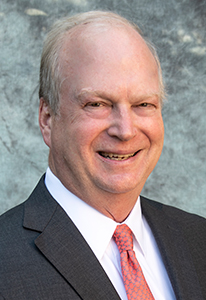SHARE: NASBA’s 37th Annual Conference for Executive Directors and State Board Staff, March 26-28 in San Antonio, TX, once again brought together the Boards’ top administrative staff with the chief executives of the State CPA Societies. Information was shared about many topics of common interest including the administration of the Uniform CPA Examination, significant legislation and recent legal cases. The announcement of the forthcoming streamlined CPE Audit Service was warmly greeted as executive directors voiced their eagerness to become users of the tool as quickly as possible.Total attendance for the executive directors conference was 105, including representatives from 22 State CPA Societies. The 24th NASBA State Board Legal Counsel Conference, which ran in parallel with the ED conference, had 41 attendees. Richard C. Carroll, Esq., executive director of the Kentucky State Board of Accountancy and Chair of the Executive Directors Committee stated: “This conference is the perfect opportunity to bring Boards and Societies together to discuss issues impacting the profession.” Stephanie R. Peters, president and chief executive officer of the Virginia Society of Certified Public Accountants and chair of the State Society Relations Committee, told the audience: “We are building relationships in our states so we can talk and share what we know. We want to hear your thoughts and ideas.” NASBA President and Chief Executive Officer Ken L. Bishop told the conference: “This year has been an anomaly for us, because we have seen a real change in candidate behavior. We have not met our budgeted and forecast revenue for the past year due to a decrease in the number of CPA Examination sections…. The good news is we are now starting to see some increases in the number of applications, particularly of initial candidates.” The cause of the decrease in candidates is unclear, he observed. Historically, drops have occurred when the Uniform CPA Examination changes or when the economy is doing well. Chair Janice Gray added that this drop has not reduced NASBA’s mission spending in support of State Boards; in fact, mission spending has been projected to reach a record $11.5 for this fiscal year, which is 17.3 percent over last year’s $9.4 million. Ms. Gray and Mr. Bishop outlined “trending issues” for the meeting, which included the impact of disruptive technology on the CPA profession, challenges from groups promoting anti-regulatory legislation, practice experience requirements, promotion of the CGMA and consideration of the 150-hour requirement. Discussion of these topics continued in the following meeting sessions. |


